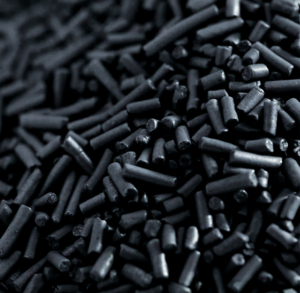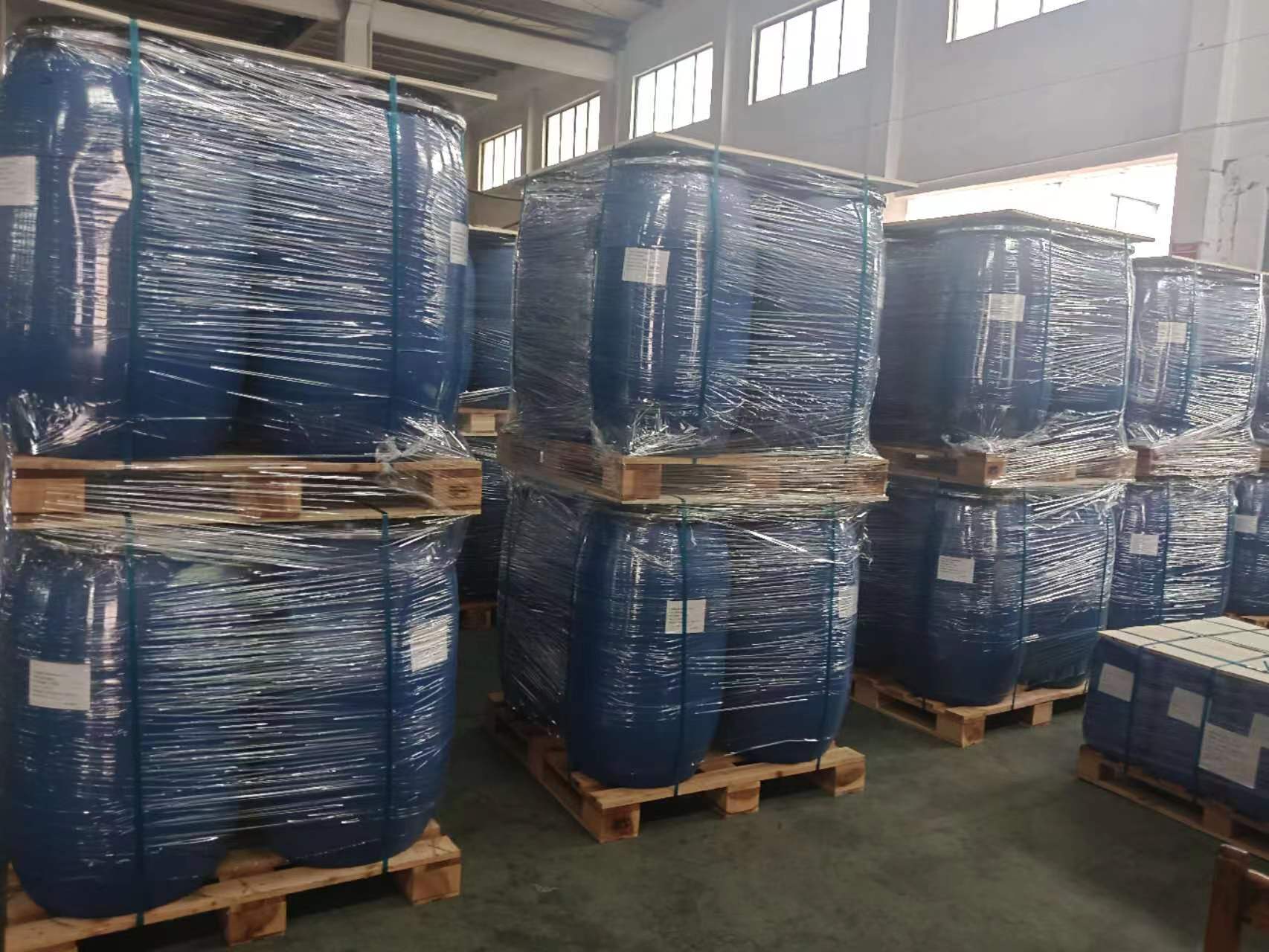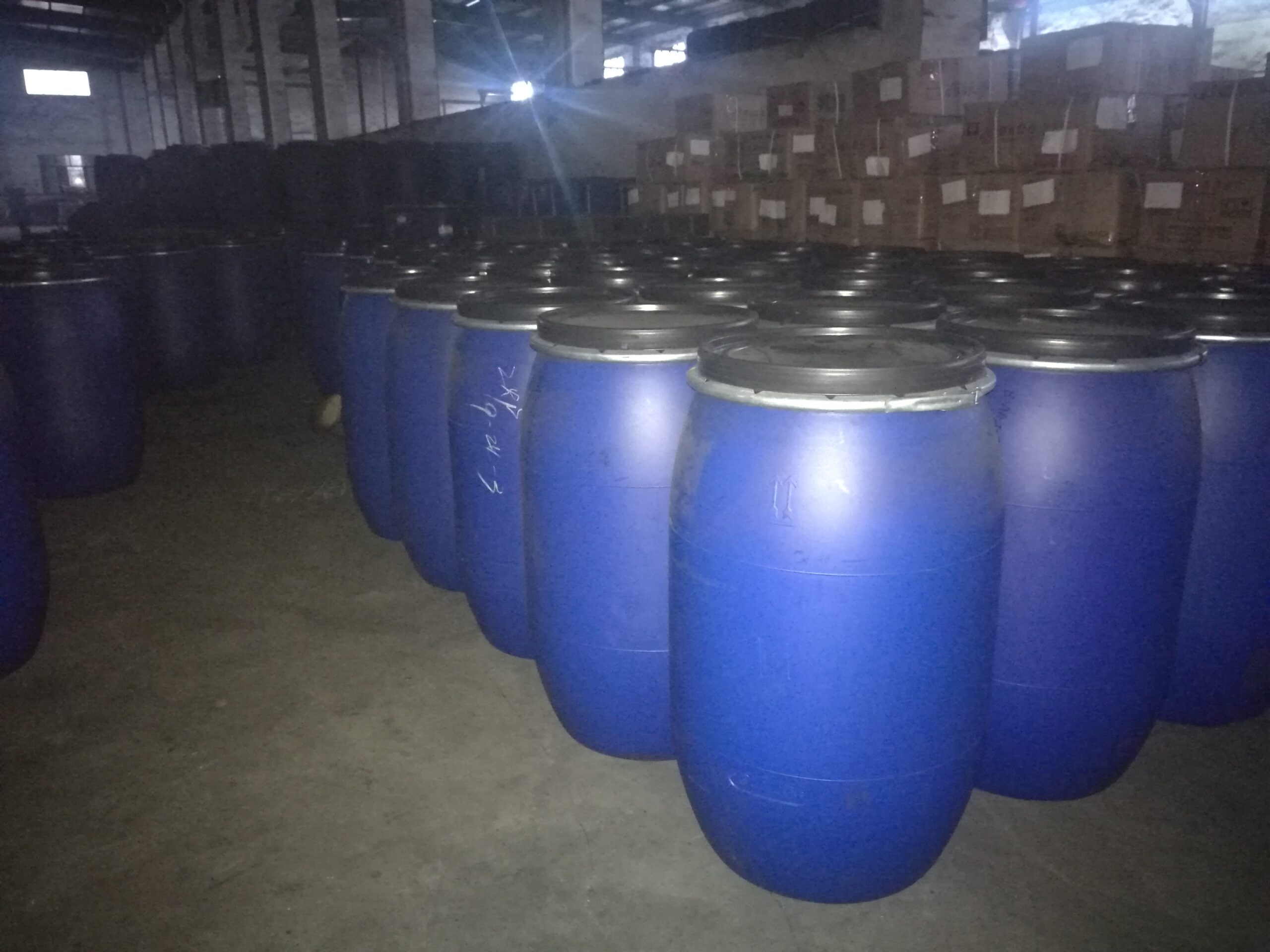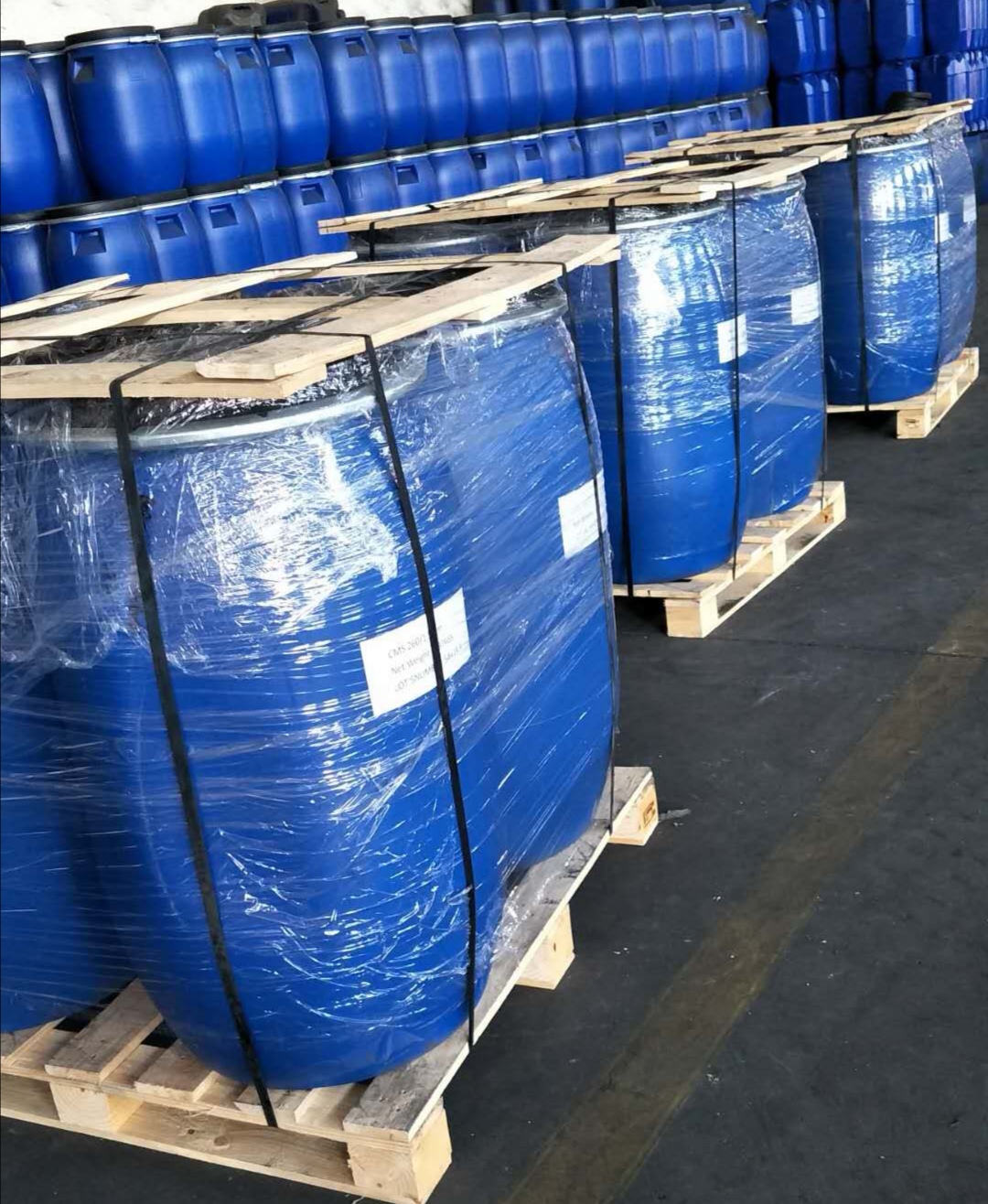Ⅰ. Reasons for the non-compliance of nitrogen generator purity standards
The purity of the raw gas is low.
The purity of the nitrogen generator is closely related to the purity of the raw gas (usually air). If the raw gas contains impurities such as moisture, oil mist, dust, etc., these impurities are difficult to be completely removed during the nitrogen generation process, thereby reducing the final purity of the nitrogen.
Equipment aging and wear
The key components of the nitrogen generator, such as the adsorption towers, carbon molecular sieves, and filters, will gradually age, wear out, or become clogged as the usage time increases. These changes not only hinder the smooth flow of gas but also reduce the adsorption efficiency, thereby affecting the purity of nitrogen. Particularly, the carbon molecular sieve, whose adsorption capacity will weaken over time, will directly lead to a decrease in nitrogen purity if not replaced in time.
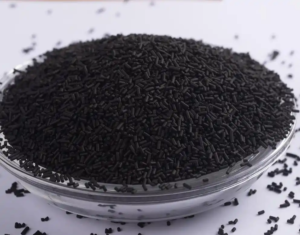
Improper operation and insufficient maintenance
The skill level of the operators and their familiarity with the equipment have a direct impact on the operation effect of the nitrogen generator. Errors during the operation process, such as improper parameter settings or failure to conduct regular maintenance and upkeep, can lead to non-compliance with the purity standards of the nitrogen generator. At the same time, the lack of regular maintenance checks may also result in the failure to promptly detect and address potential equipment faults, thereby affecting the purity of the nitrogen gas.
Unreasonable process parameter settings
The process parameters of the nitrogen generator, such as adsorption pressure, desorption pressure, and the time for adsorption and desorption, have a crucial impact on the purity of nitrogen. Inappropriate parameter settings, such as insufficient adsorption due to too low adsorption pressure, or re-adsorption of nitrogen due to excessive desorption pressure, will directly compromise the purity of nitrogen.
System leakage
The leakage problem in the nitrogen generator system is also an important factor leading to non-compliance with purity standards. Once nitrogen leaks out of the system, the purity of nitrogen in the system will naturally decrease accordingly. Leakage may occur at various parts such as pipelines, valves, and joints, so it is necessary to carefully inspect and repair them.
Environmental factors
Environmental factors such as air humidity and temperature may also have an impact on the purity of the nitrogen generator. For instance, excessively high air humidity will increase the moisture content in the air, thereby making the water removal process in the nitrogen generation process more difficult; while excessively high temperature may damage the adsorption performance of the adsorbent.
II. Solutions and Optimization Suggestions
Improve the purity of raw gas
Reduce the impurity content in the raw gas through filtration and drying methods, thereby enhancing the purity of the nitrogen generator. This includes using efficient air filters to remove dust and particles from the air, and employing desiccants or condensation technology to lower the moisture content in the air.
Use higher purity raw gas, or install an air purification system before the nitrogen generator to remove impurities from the raw gas.
Regularly inspect and replace the filters and other components in the air purification system to ensure their continuous effectiveness.
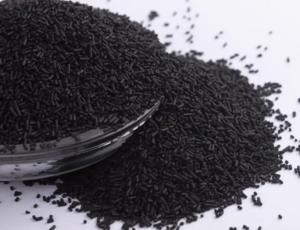
Strengthen equipment maintenance and component replacement. Develop and implement strict maintenance plans, including regular cleaning, inspection, and replacement of key components. Pay special attention to the condition of carbon molecular sieves and regularly test and replace aging sieves. For severely worn components, such as adsorption towers and filters, promptly repair or replace them.
Enhance the skills of operators. Through training, improve their understanding of the nitrogen generator’s principles and operations, ensuring they can correctly set and adjust parameters. Encourage operators to promptly report equipment operation conditions to promptly address issues.
Optimize process parameters. Based on actual operation conditions, continuously adjust and optimize parameters such as adsorption pressure, desorption pressure, adsorption time, and desorption time to ensure the nitrogen generator is always in the best condition.
Carefully inspect and repair system leaks. Regularly inspect the pipes, valves, joints, etc. in the nitrogen generator system, promptly identify and repair leakage points to ensure the purity of nitrogen.
Control the influence of environmental factors on the nitrogen production process. By adding air drying equipment to reduce air humidity, and taking appropriate cooling or insulation measures to protect temperature-sensitive equipment components.
In conclusion, solving the problem of unsatisfactory nitrogen purity in the nitrogen generator requires addressing multiple
aspects, including improving the purity of raw gas, strengthening equipment maintenance, optimizing operational skills, adjusting process parameters, inspecting and repairing system leaks, and effectively controlling environmental factors. Through the implementation of these measures, the performance of the nitrogen generator and the purity of the nitrogen can be significantly improved, meeting production requirements.
